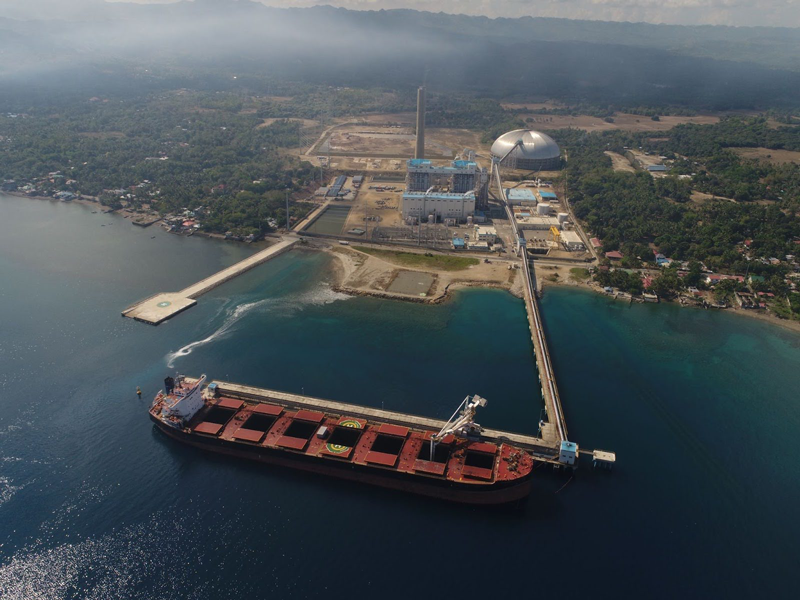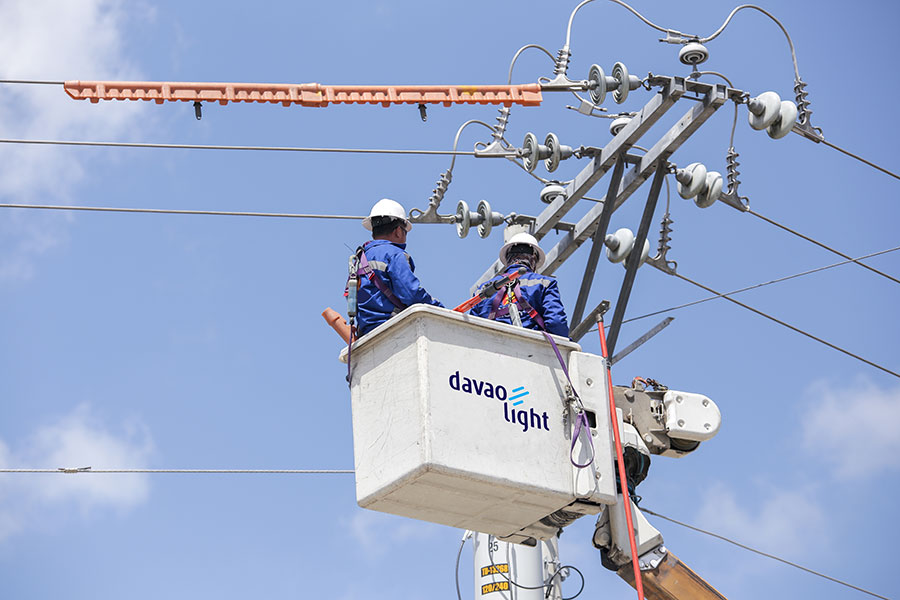Aboitiz Power Corporation (AboitizPower) Thermal Business Group COO Ronaldo Ramos addressed the intricate challenges of Cebu’s energy landscape, particularly on how to increase the power supply to meet growing demand in an equitable and sustainable manner.
Speaking at the “Good Design, Good Business Summit” led by the Cebu Chamber of Commerce and Industry, Ramos highlighted how Cebu accounts for a substantial portion of electricity demand in the Visayas, with the commodity being a critical precondition for economic growth in the province, the Visayas, and the rest of the country.
"Cebu province alone bears half of the region's total demand, with Metro Cebu accounting for over half of the province-wide requirement. This is projected to increase by approximately 7% annually," the AboitizPower executive noted.
This surge in demand underscores the urgent need for energy security, especially if Central Visayas is to sustain the kind of economic expansion it had last year at 7.3% — the fastest in the country.
Recently, power supply challenges occurred in the Visayas grid. According to the National Grid Corporation of the Philippines, peak demand soared to over 2,500 megawatts (MW) last April — an all-time high — surpassing the available capacity of 2,200 MW and resulting in frequent red and yellow alerts.
With the frequent power outages, homes and businesses experienced three to four outages weekly, lasting one to two hours each. This resulted in an estimated P500 million in monthly economic losses, severely affecting large industries, small businesses, and households.
“Should there be no new power plants built in the next three to four years, Cebu’s power demand will outpace the available supply,” Ramos said.
Currently, Cebu is energy-dependent on neighboring islands, importing about 60% of its electricity needs. To help address this vulnerability, AboitizPower is looking to add a new unit to its Therma Visayas (TVI) coal-fired power plant in Toledo, Cebu, injecting 150-MW into the grid.
"The TVI Unit 3 emerged as AboitizPower's most viable contribution to provide reliable, cost-efficient, and accessible power supply to Visayas," Ramos said.
Ramos also shared the importance of baseload power plants like TVI, especially with the influx of variable renewable energy adding more intermittency to the grid. This can be observed in duck curves, which are graphical representations of generated grid stability in solar power generation. When the sun rises, more capacity is available to meet demand, but as the sun sets, the energy supply drops.
“In places with significant solar penetration like Australia, they are experiencing the duck curve phenomenon,” he shared.
“While not as pronounced, we experience something similar with Negros, which has the most solar generation capacity in Visayas. Negros exports its power to the rest of the islands during peak hours, but that capacity drops in the evening. Hence, the need for a balanced approach and complementing renewable energy with reliable baseload.”
Ramos cautioned against a "RE-at-all-costs approach," advocating instead for pragmatic solutions that facilitate a well-managed and just transition. This involves not only expanding renewable capacity but also investing in grid infrastructure; exploring decentralized energy solutions and smart technologies; and maintaining reliable baseload power.
"We [also] need to ensure that as we grow our energy capacity, we're also making it more accessible and affordable for all sectors of society," he added.
Ramos concluded by stressing the importance of a balanced strategy in addressing the energy trilemma. "We approach our transition with balance," he stated, while also calling for collaboration among stakeholders to shape a sustainable energy future for Cebu.



